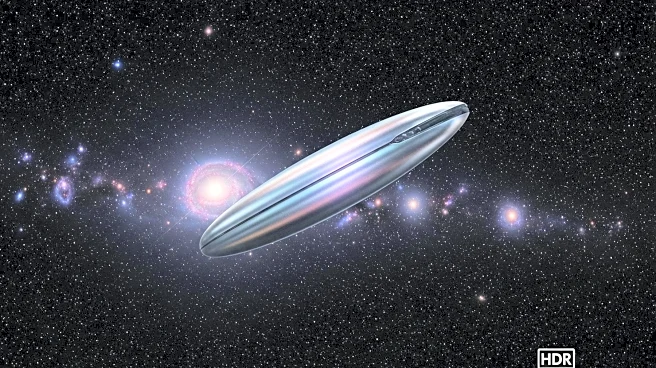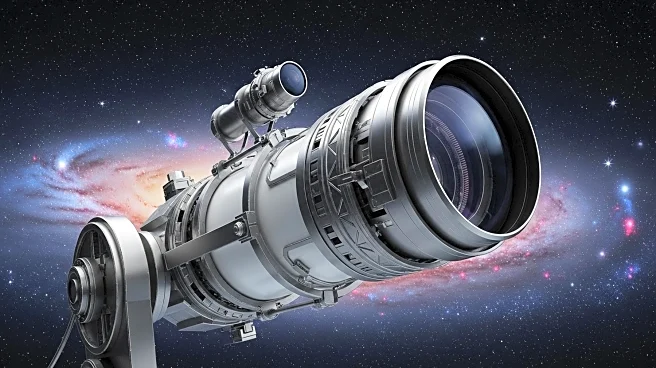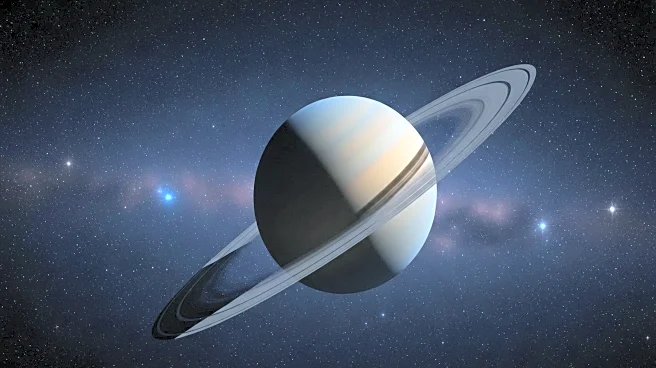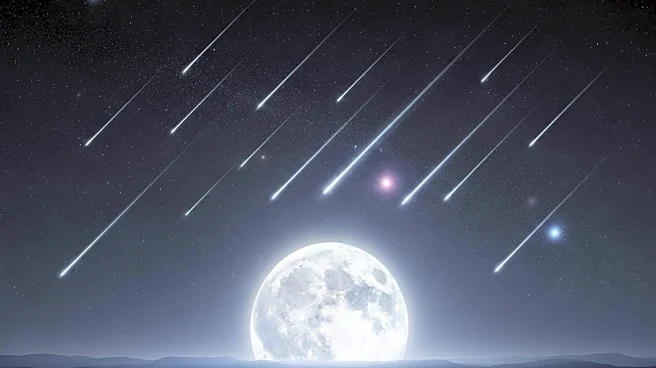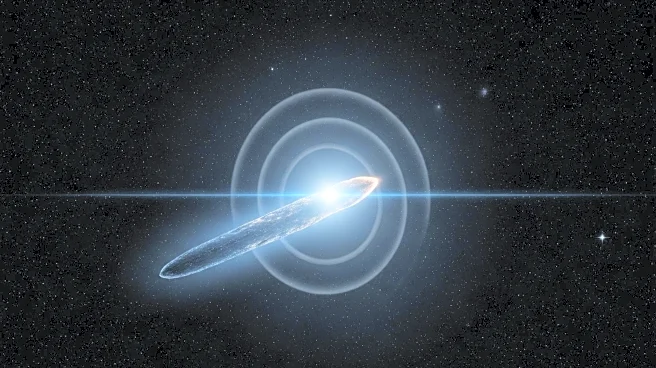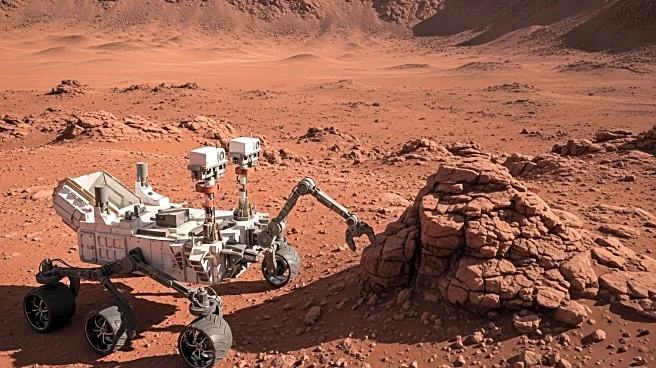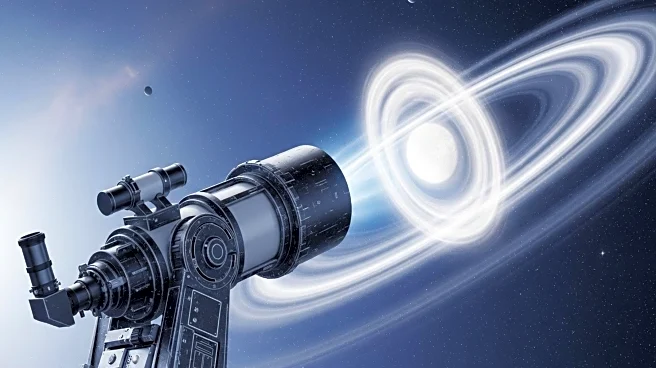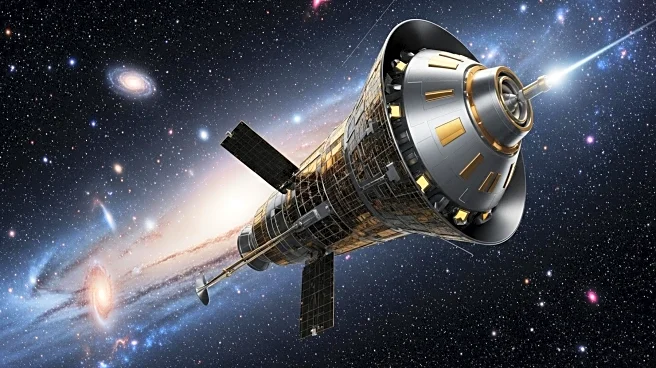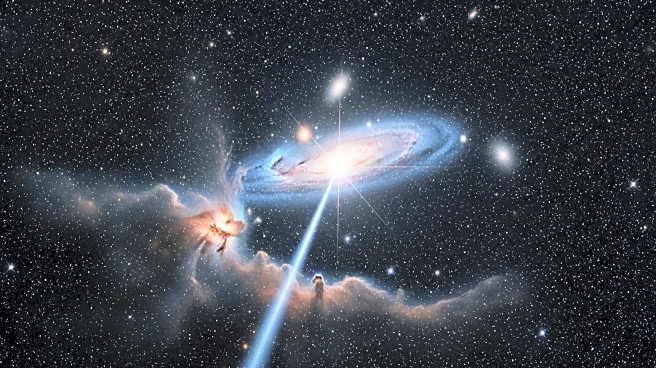What's Happening?
The interstellar object 3I/ATLAS, first observed on July 1, 2025, by the ATLAS survey telescope in Chile, has sparked significant interest due to its massive size and unusual trajectory. This object, with a nucleus estimated to be between 3 to 5 miles across and a mass of approximately 33 billion tons, is the third interstellar object discovered, following 1I/ʻOumuamua in 2017 and 2I/Borisov in 2019. 3I/ATLAS is expected to pass closest to the Sun on October 30, 2025, at a distance of about 130 million miles, posing no threat to Earth. NASA and international missions are actively studying the object to understand its composition and trajectory.
Why It's Important?
The discovery of 3I/ATLAS is significant as it provides a rare opportunity to study an interstellar object, potentially offering insights into the composition and behavior of celestial bodies from outside our solar system. The object's unusual size and trajectory have led to speculation about its origins, with some suggesting it could be a form of alien technology. However, most scientists believe it behaves like a typical comet. The study of such objects can enhance our understanding of the universe and the potential for life beyond Earth.
What's Next?
As 3I/ATLAS approaches its closest point to the Sun, scientists will continue to monitor and analyze data from various telescopes and space missions. The object will remain visible to telescopes until September 2025 and will re-emerge from the Sun's glare by December. Future observations will focus on confirming its composition and trajectory, potentially ruling out or supporting theories of its origin. The scientific community remains cautious but intrigued by the possibilities this object presents.
Beyond the Headlines
The speculation surrounding 3I/ATLAS highlights the ongoing debate about the existence of extraterrestrial life and the potential for intelligent design in the universe. While the object is likely a natural phenomenon, its study could influence future research directions in astrobiology and the search for extraterrestrial intelligence (SETI). The public interest in such discoveries also underscores the cultural fascination with space exploration and the unknown.


